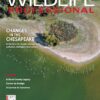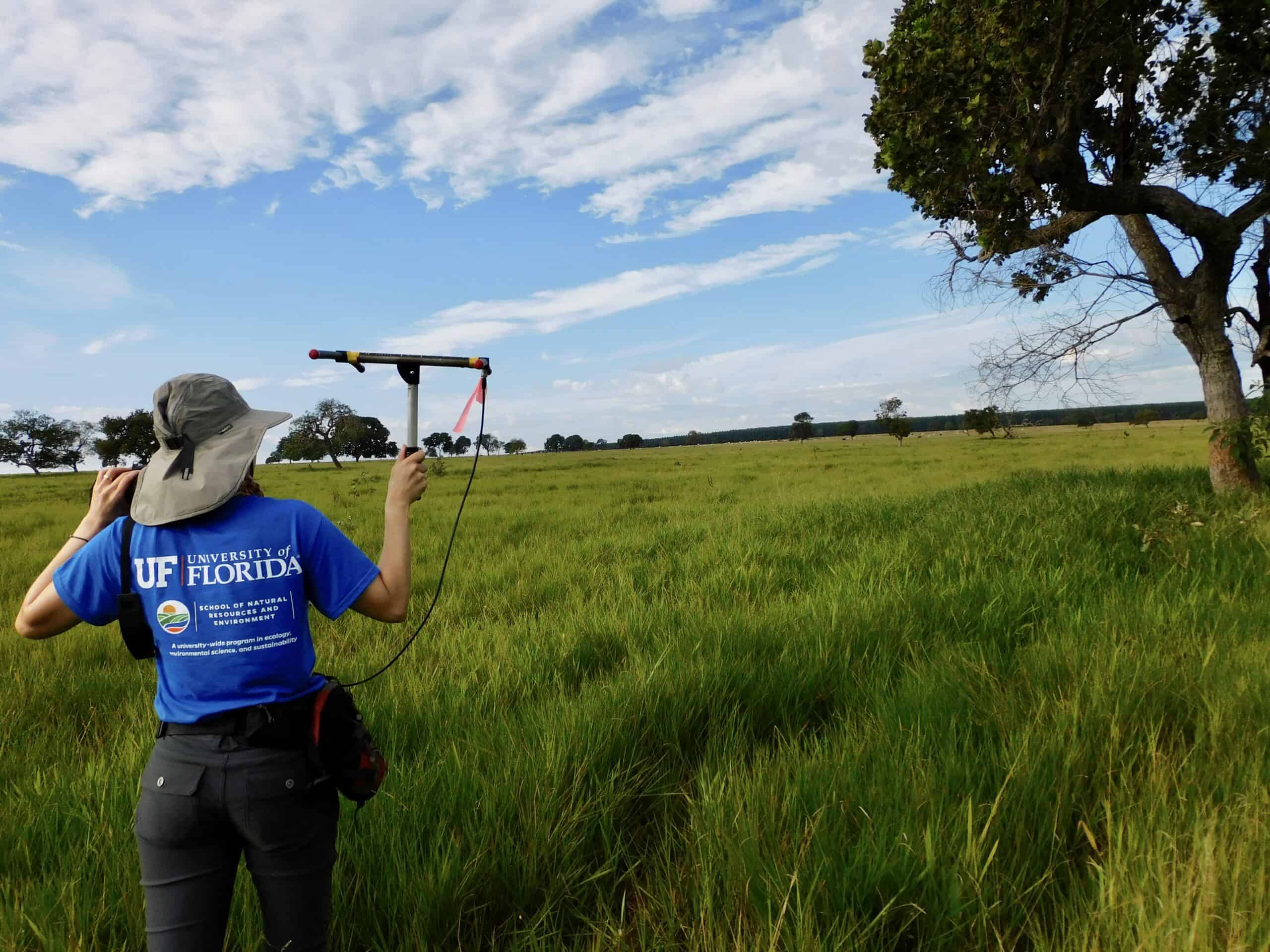Share this article
TWS2022: Many translocated crocs return to capture location
When translocated short distances, many crocodiles waste no time returning to the areas where people perceived them as problems in the first place.
“Pretty much right away, [the crocodiles] were like ‘I’ve got to move—this is not where I’m supposed to be,’” said Florent Bled, a biostatistician with the Florida Fish and Wildlife Conservation Commission.
In 2007, the U.S. Fish and Wildlife Service downlisted American crocodiles (Crocodylus acutus) from endangered to threatened in Florida after some population recovery.
But the increase in numbers also led to an increase in conflict with humans. For example, more crocodiles ended up in swimming pools on the southern end of Florida. Others merely began to appear relatively near homes, and while the large reptiles don’t always act aggressively, people perceive them as threats.
When human-crocodile conflict occurs, wildlife managers sometimes respond by translocating crocodiles to areas farther from humans as a last resort to resolve the conflict. The trouble is, crocodiles are often hardwired to stick to specific ranges.
To see how effective these management actions were, an FWC team led by Arnold Brunell and Vincent Deem equipped seven crocodiles with GPS units before translocation.
It didn’t even take two weeks for three of the crocodiles that were moved less than 100 kilometers away to make it back to roughly the same area they were moved from in the first place.
“To be honest, that was better than I could do,” said Bled during a research presentation at The Wildlife Society’s 2022 Annual Conference in Spokane. “The crocodiles just went on the move. They kept moving until they went back to those locations.”
Another that was moved more than 100 kilometers also came back to an area about half a kilometer from the capture location, but it took at least 17 months to get there. Its GPS device failed and wasn’t seen again until the crocodile was recaptured 31.5 months after its first capture.
The other three crocodiles that were moved more than 100 kilometers away did not return to their capture areas—at least before their GPS devices failed. “They have not been relocated after the tag failures, so we cannot confirm either way,” Deem said.
For reference, the research team also placed GPS tracking devices on 10 crocodiles that weren’t moved. They found that those control animals traveled shorter distances and tended to stick to predictable home ranges during the tracking period. These animals also rested more.
The translocated animals, on the other hand, were more likely to switch to—and stay in—a fast and active state. “Translocation affected how crocs moved and behaved,” Bled said. “Translocated crocs are willing and able to travel great distances in search of suitable habitats or to find their way back to their home range.”
Blood samples and analysis of stress hormones revealed that the translocated crocodiles experienced higher levels of stress than the control crocodiles during handling. But only two translocated crocodiles were recaptured again, so it’s difficult to draw conclusions about any long-term negative effects.
Bled, who analyzed the data and didn’t get to “give big bear hugs to the crocodiles” like some of his colleagues in the field did, said that the reptiles are “such an emblematic species for us.”
This preliminary research suggests that if crocodiles must be translocated, they need to be moved more than 100 kilometers from the area they are taken from in order to prevent them from returning quickly to their original home range.








